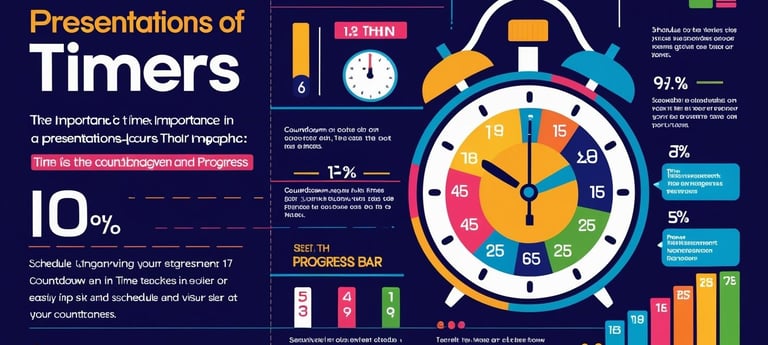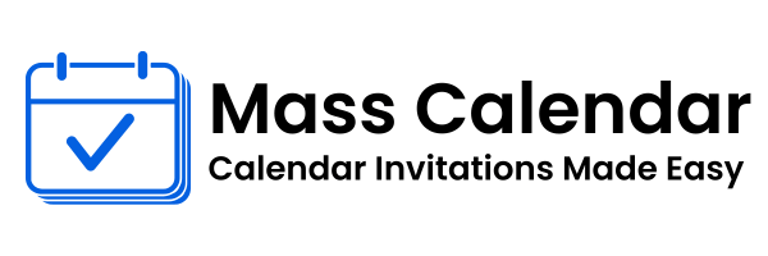Mastering the Clock: How Timing Transforms Presentations and Live Events
In every successful event or presentation, there’s one invisible element at play time. Behind polished speakers, seamless transitions, and satisfied attendees lies meticulous time management, often powered by a countdown timer or presentation-specific timing tool.
BLOG
7/18/20252 min read


In every successful event or presentation, there’s one invisible element at play time. Behind polished speakers, seamless transitions, and satisfied attendees lies meticulous time management, often powered by a countdown timer or presentation-specific timing tool.
Why Time Is a Silent Hero in Presentations
A great presentation is not just about delivery and visuals. It’s about rhythm. Speakers must hit the right points at the right time without rushing or dragging. This balance is where the timer for presentation becomes a critical asset. By allocating a set amount of time to each section of content, presenters are better able to maintain structure, engage the audience, and end powerfully.
Using a countdown timer for presentation helps speakers stick to the schedule, especially when multiple sessions are scheduled one after another.
The Utility of Stage and Event Timers
In events like summits, expos, or panels, timing is managed behind the scenes with tools like a stage timer or stagetimer. These keep the event’s heartbeat steady every speaker knows how much time they have left, and production teams can execute cues with confidence.
When there’s a lack of coordination, even the best content can feel chaotic. A countdown timer for events prevents sessions from running over and ensures each segment flows into the next without friction.
Benefits of Using Timers in Event Management
Predictability: Organizers know when sessions begin and end.
Speaker confidence: Presenters are not distracted by checking their watch or looking for signs.
Audience retention: Well-timed sessions are more engaging and leave a lasting impression.
Production harmony: Behind-the-scenes teams rely on timers to sync lighting, audio, and visual cues.
Tips for Better Timer Usage
Position timers thoughtfully: Use them where speakers can glance without turning away from the audience.
Choose timers based on event size: A large-scale stage event may require a professional LED event timer, while smaller workshops can use digital tools.
Include visual cues: Color-coded indicators (green/yellow/red) help presenters know how much time is left at a glance.
Practice with timers: Incorporate timing into rehearsals for a smoother real-time experience.
Real-World Examples of Timer Use
From startup pitch competitions to academic symposiums, timers ensure fairness, structure, and professionalism. Events like TED Talks are famously strict with time limits, and speakers often rehearse with a countdown timer to hit the mark precisely.
Similarly, virtual events and webinars increasingly rely on timers to sync pre-recorded videos, live sessions, and interactive components.
Conclusion
Time is one of the few resources that, once lost, can’t be regained. For that reason alone, event planners, presenters, and production teams should treat timing as an integral part of their strategy. From using a stagetimer on stage to deploying a discreet countdown timer for events, effective time management can elevate the quality and impact of any session.
When everything runs on time, everyone wins—speakers deliver confidently, events flow smoothly, and audiences stay engaged from start to finish.
MassCalendar.in
Send Bulk & Mass Calendar Invites Instantly
CONTACT
Meetings
+44 (0) 203 916 5117
© 2025. All rights reserved.
Help?
